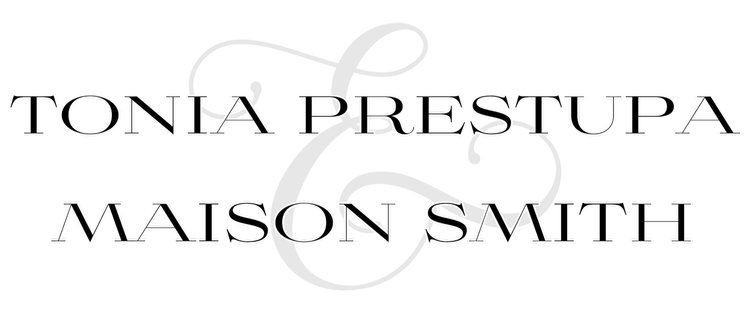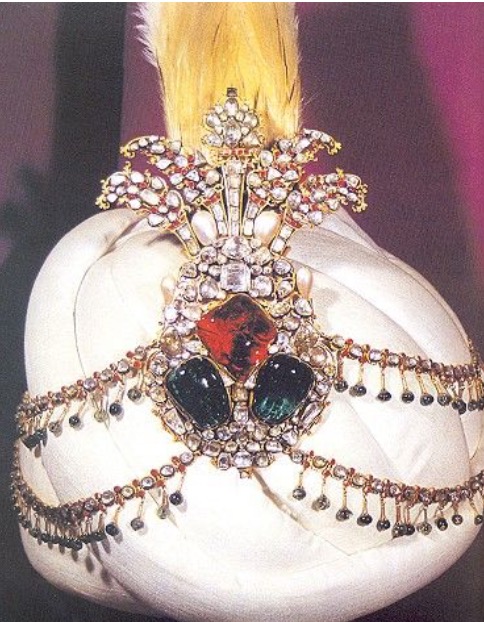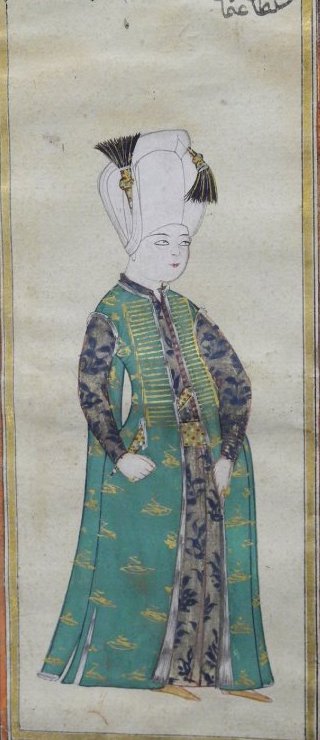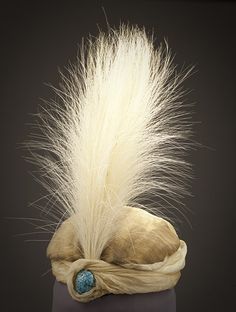Sometimes the most difficult and time consuming job as an interior designer is finding that perfect accent or punch for my client's interiors to give it a feeling of lushness, sensuality, and a hint of mystery. I want to create an experience for them that will be exquisite to touch and see, something bespoke with rare findings. I believe that beauty elevates the human spirit and within mystery there is always beauty.
'You can feel mystery; it comes from a certain beauty. There's always beauty in mystery. The unexpected is always there and it brings things to life.'
-Madeleine Castaing
I've spent many hours or weeks, sometimes months searching antique stores, flea markets, design showrooms, ethnographic and antiquity shows the world over for richly loomed antique textiles or passementerie to incorporate into throw pillows or to use to upholster an unusually gorgeous antique accent chair or ottoman, adding some soul and a touch of the exotic to the interior I'm working on.
(LtoR) Paris flea market stall, Lijiang village in China famous for jade, silk vendor in Istanbul
After all, even if you wanted to, who has the time to fly off to Paris to scour the flea markets for the perfect objet d'art, hunt around small rural villages in China for carved jade bibelots or adventure off to the Grand Bazaar in Istanbul looking for rare ornaments and Ottoman textiles. Tyger Tyger does just that, offering exclusive accent collections incorporating elegant tiger and leopard prints. Showcasing bespoke throw pillows, with touches of Art Deco and Chinoiserie, hand-embellished with aigrettes of carved jade, semi-precious stones, exotic plumes and rich passementerie from all over the world. These exquisite and collectable pieces add a hint of the exotic to accent your interiors and are the piece de resistance!
(LtoR) Tiger painting by Jakuchu, Edo period, monk shown walking with his spirit tiger
Panthera tigris: Latin for the magnificent tiger, embodying a combination of grace, strength, agility and enormous power. The striped splendor of tiger skins were reserved as seating for the royalty of Chinese Emperors, Indian Rajas and Ottoman Empire Pashas, symbolizing power, prosperity and the essence of a powerful feminine creative force. Tiger skins were also used as the sacred seat cushions of Tibetan Buddhist monks and thought to provide them with protection while engaged in meditation.
Here is an over-the-top interior using tiger and leopard designed by Tony Duquette for the Rosekran's apartment in the Palazzo Brandolini on the Grand Canal in Venice. Even the seams of the room and framing on the paintings are finished in tiger and leopard.
Tiger prints such as this one at Le Manach in Tours, France continues to employ the original looms that have been used since the early 19th century to create one of the most beautiful and expensive silk velvet tiger prints in the world.
A little tiger or leopard goes a long way in these interiors where we see just a touch of it on the accent chairs.
A stunning accent piece upholstered in tiger like this pair of ottomans can add the needed punch to an interior and might offer an ideal extra seat for a party.
Parisian decorator, Madeleine Castaing, employed leopard wallpaper on walls and ceiling as well as lampshades and carpeting in Jean Cocteau's study in Paris.
Velvet leopard skin throw pillows on banquets running down a hallway in Elsie De Wolfe's Villa Trianon from 1906 on the Palace Versailles grounds.
A spot of leopard.....
.....a stripe of Tiger...either way they both add the perfect punch to these rooms.
Whether designing an apartment in New York or a residence in Dubai, Santa Fe based designer, Tonia Prestupa spices up any interior with her newly launched collection of Tyger Tyger. Exclusive accent collections incorporating elegant tiger and leopard prints. Showcasing bespoke throw pillows, with touches of Art Deco and Chinoiserie, hand-embellished with aigrettes of carved jade, semi-precious stones, exotic plumes and rich passementerie. These pieces will add a hint of the exotic to your interiors.
Inquiries about Tonia Interiors design services or purchasing from the Tyger Tyger Collection, please visit the Contact Page.











































